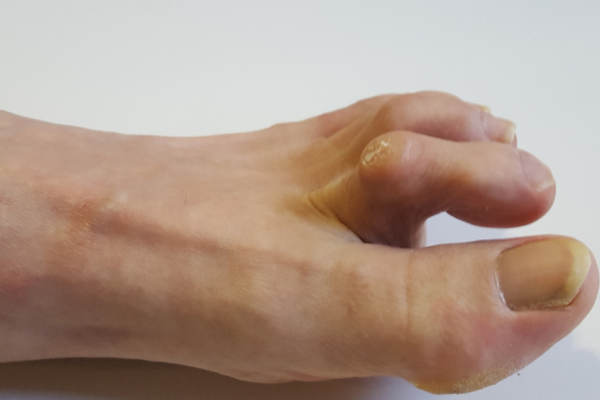
Crooked Toes and Why they Need to be Fixed
It’s estimated that over 20% of the US population suffers from toe deformities or “crooked” toes. There are many types of crooked toes including hammertoe, mallet toe, and claw toe. Additionally, toes may be pushed sideways, overlapping with the next toe, or they might rotate from their original position. Crooked toes may not be bothersome
Read more

